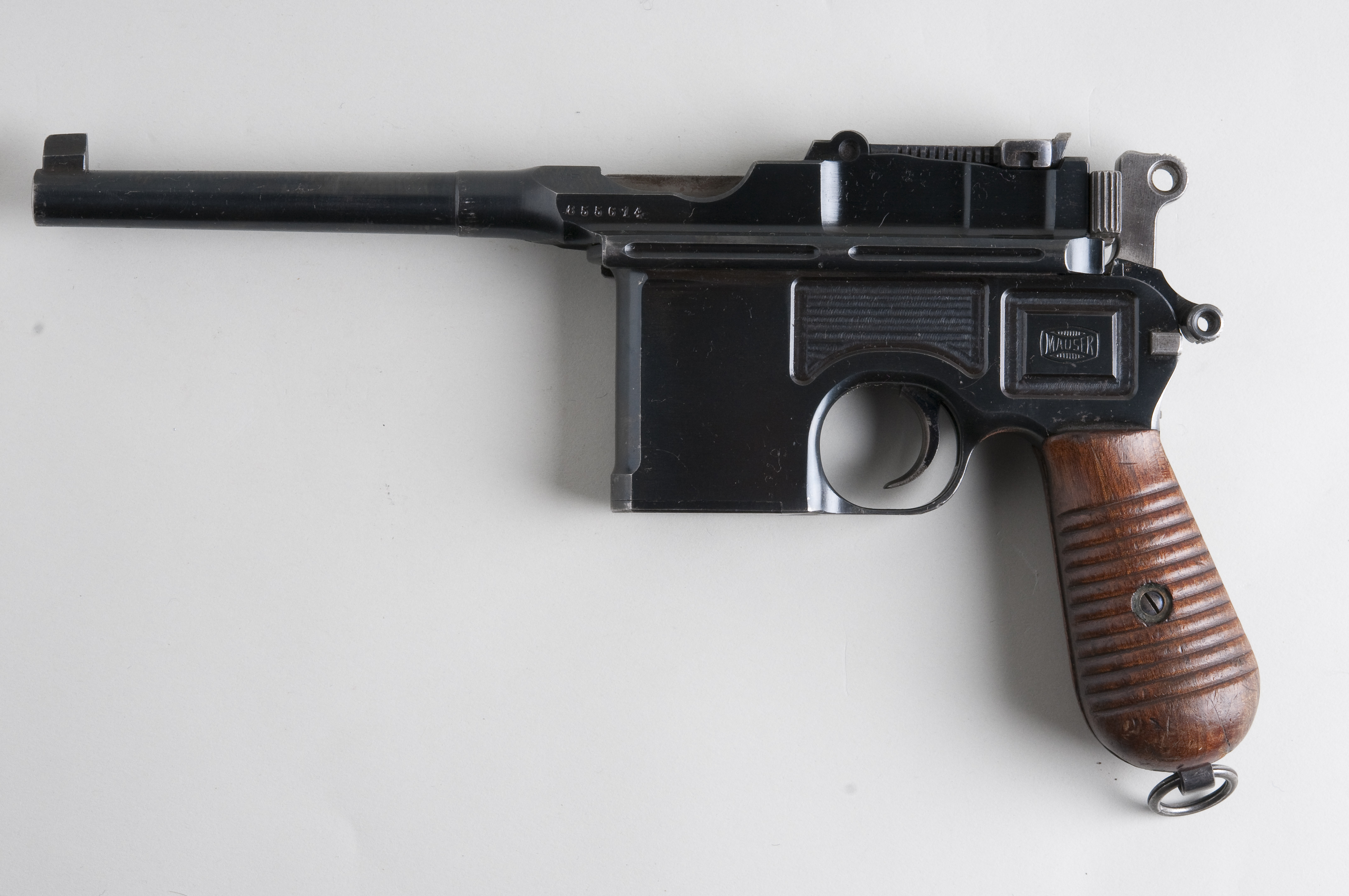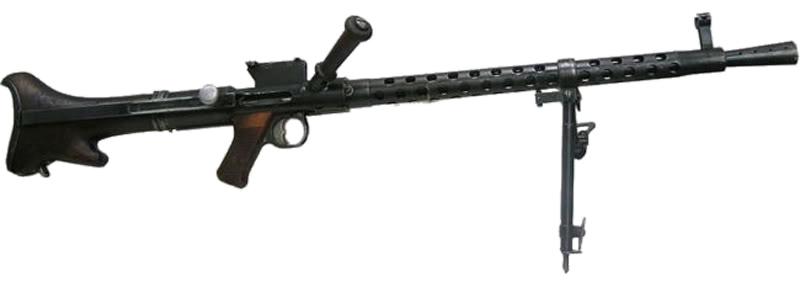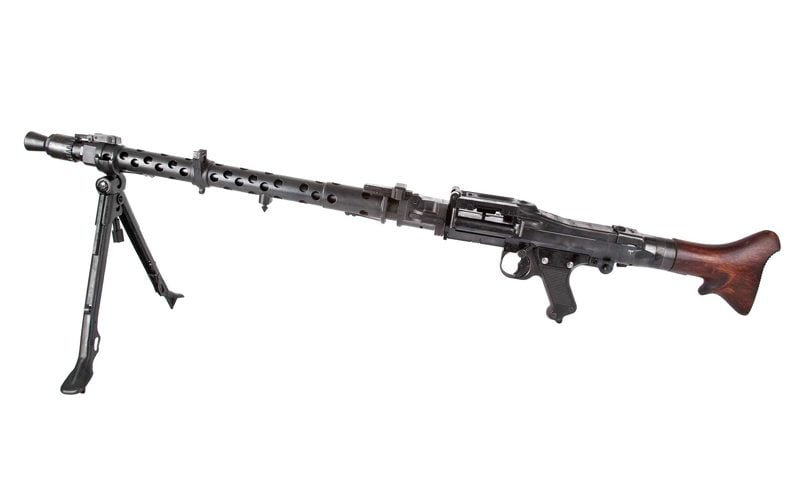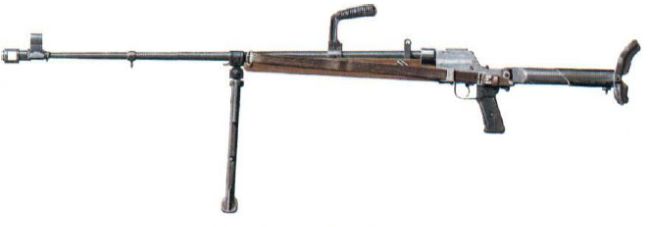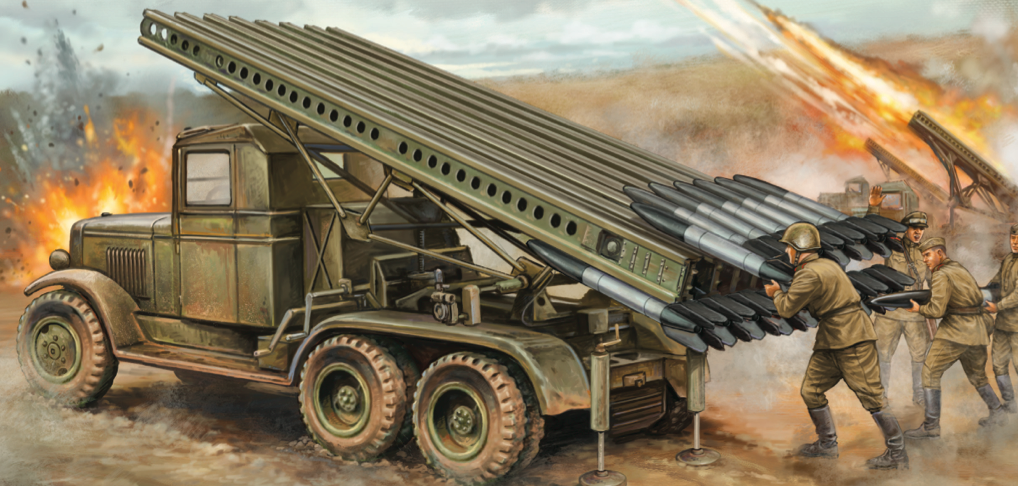Even more aircraft, now of the French, Dutch, and KuK Air Forces:
A Dewoitine D. 520 fighter belonging to the 15th Spanish Volunteer Fighter Squadron on the Western Front near Strasbourg, circa 1941.
During the early days of the Second Great War, the Falangist Dictator of Spain, Jose Antonio de Riveria in support for the Radius cause would send volunteers to fight in the French Army which was known as the Blue Division. There would also be the Blue Squadron which serve in the French Air Force, which they would use the Morane Saulnier MS 406 and Dewoitine D. 520 fighters as well as the Breguet Br 693 light bomber. The squadron would rack up a total of 112 air kills against the Kaiserliche Luftwaffe in return for a loss of 20 pilots, either killed, missing, or captured.
A Koolhoven F.K. 58 fighter belonging to the 41st Ruthenian Fighter Squadron from the Austro-Hungarian Army Air Corps in Galicia, circa September 1941.
In the late 1930s, the Austro-Hungarian Army Air Force would order from the Dutch firm Koolhoven for a cheap to manufacture fighter in the event of war if their own aviation production could not keep up with the potential war time demands. The first prototype would be tested by the KuK Army Air Corps in April 1939, and they would approve the design for production by Koolhoven as well as some components produced by some subcontractors throughout the Empire. By June of 1941, a total of 98 airframes would be in service with the KuK Army Air Service. The plane would feature a Pratt & Whitney 1830 Twin Wasp engine and four 7.9mm Schwarzlose M. 1934 machine-guns and was built of mixed construction. Following the invasion of Holland in 1941, no new planes would enter service with the KuK Air Force and the type would see heavy use on the Eastern Front against the Russians and by early 1942, the survivors would be retired and were scrapped.

A Fokker D. XXI of the Dutch Army Air Force during the Radius Invasion of the Netherlands, circa June of 1941.
In 1935, the German-Dutch firm Fokker would develop a new modern fighter, which featured an enclosed cockpit, fixed landing gear, and two machine guns. Though the design would be rejected by the Kaiserliche Luftwaffe in favor of the Junkers Ju-22 fighter, but the plane would be a big hit with smaller air forces such as the Austro-Hungarian, Baltic Duchy, Ukraine, White Ruthenia, Finland, Ottoman Empire, Ethiopia, Paraguay, Holland, Denmark, Albania, China, Spain, and Bulgaria. The USAAC would evaluate the plane in 1937 and had even considered license production of the fighter for their own air force, but it would be rejected in favor of the Curtiss Model 75. The fighter would see heavy use in the early days of the Second Great War on the Eastern Front and during the Invasion of Holland, where they proved to be outclassed by the Russian Polikarpov I-16 and Yakovlev Yak-1 and the British Hurricane fighters. In Austro-Hungarian service, the type would be replaced by newer and more advanced designs such as the Ju-22, L.W. 175, Avia B. 135, and Avia B. 75 by the middle of 1942. Others such as the Danish and the Finnish would continue to use them in frontline service until the late 1940s.

